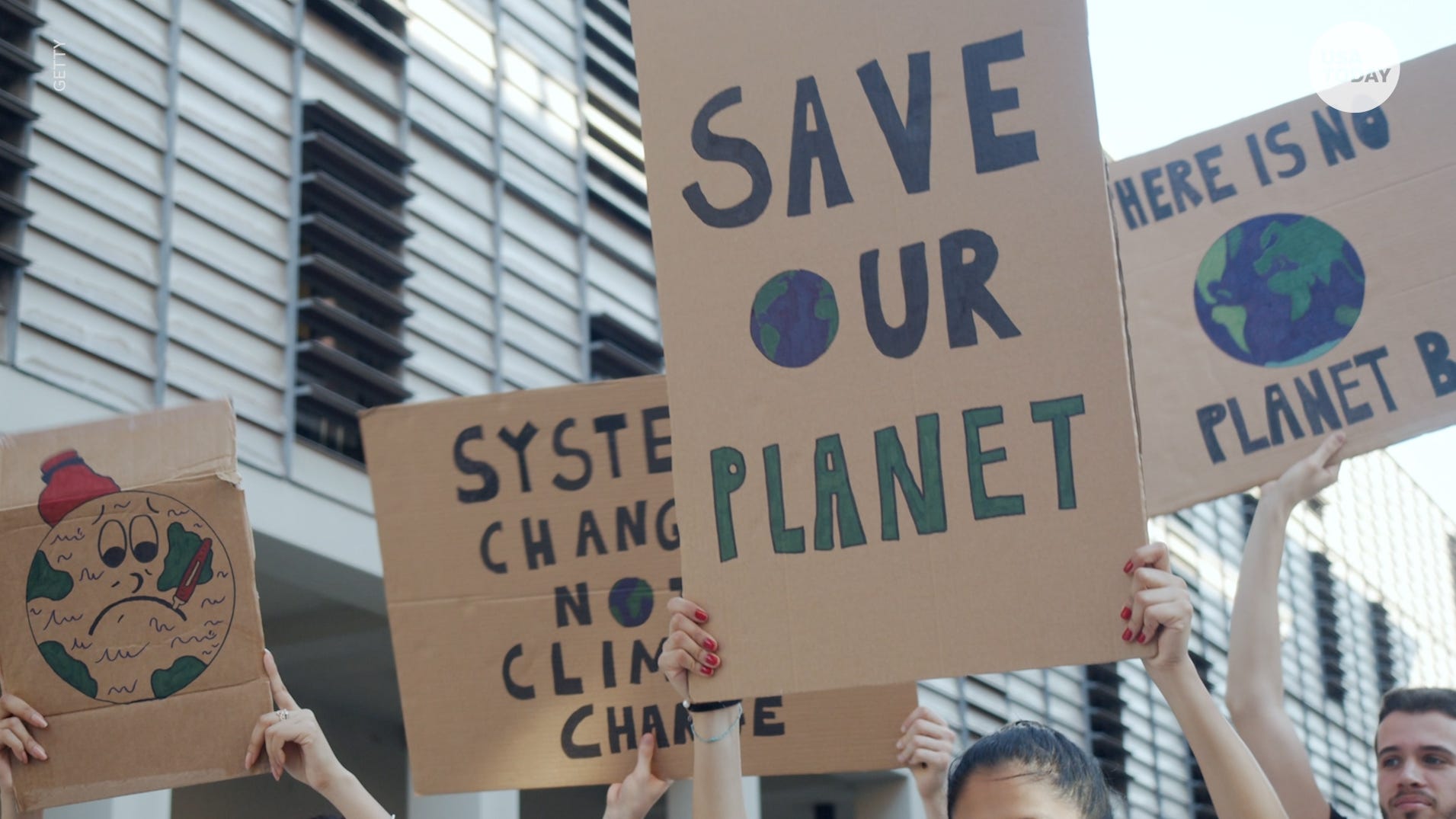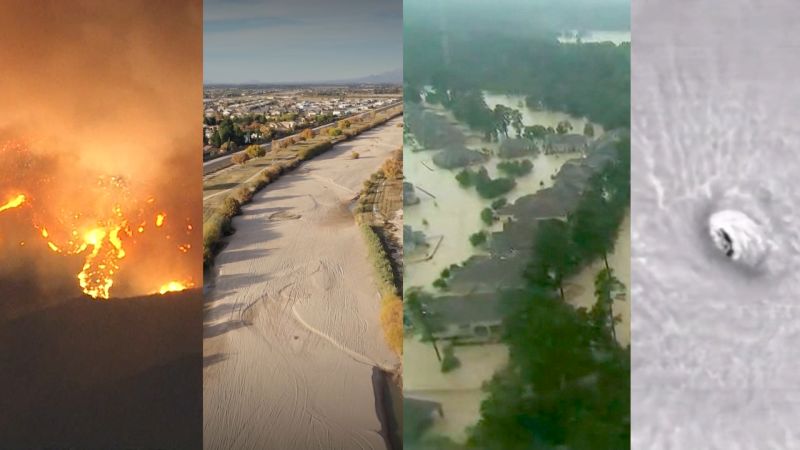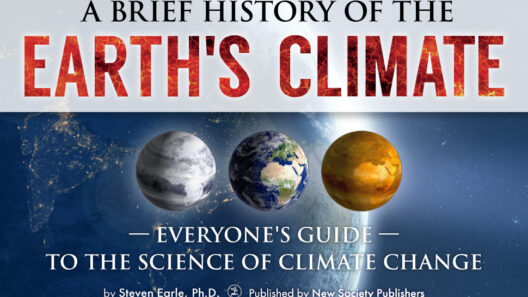Imagine this: what if every individual took a moment to reflect on their daily choices? Could collective awareness foster a substantial shift in our planet’s health? The challenge here is not just to contemplate but to actively engage in meaningful actions that combat climate change. With the urgency of environmental degradation looming over us, it becomes essential to understand how we, as a community, can forge a path toward a sustainable future. This journey begins now.
The first crucial step toward combating climate change is to enhance our understanding of its causes and effects. Climate change arises predominantly from the emissions of greenhouse gases, primarily carbon dioxide, methane, and nitrous oxide. These gases trap heat in the atmosphere, leading to a cascade of detrimental effects: rising sea levels, extreme weather events, and loss of biodiversity, to name a few. By developing an astute awareness of our ecological footprint, we empower ourselves to make informed decisions that minimize our quality of life impacts.
One transformative approach is the adoption of renewable energy sources. Transitioning from fossil fuels to solar, wind, and hydroelectric energy can significantly reduce carbon emissions. Community solar programs enable households to participate in solar energy production, even if they lack suitable rooftops. Implementing local policies that promote renewable installations can amplify this initiative. Transitioning public transportation systems to electric or hybrid options also exemplifies a collective commitment to sustainable practices.
However, creating a greener energy grid is only part of the solution. The agricultural sector remains a substantial contributor to greenhouse gas emissions and requires a re-thinking of conventional practices. Embracing sustainable farming methods—such as crop rotation, regenerative agriculture, and organic cultivation—can enhance soil health and sequester carbon. Moreover, supporting local food systems reduces transportation emissions and fosters a sense of community tied to the land. Purchasing produce from farmers’ markets not only contributes to the local economy but also helps diminish the carbon footprint associated with long-haul food transportation.
Additionally, a focus on energy efficiency provides a practical avenue to mitigate climate impacts. Simple actions, such as insulating homes, using energy-efficient appliances, and opting for LED lighting, can dramatically reduce energy consumption. Community workshops on sustainability can foster engagement and offer personalized strategies for individuals striving to enhance their eco-friendliness. Furthermore, policies, such as energy efficiency mandates from local governments, can institutionalize these changes on a broader scale.
Another critical component of addressing climate change is waste management. Our current linear economy—take, make, dispose—promotes a culture of excessive consumption and environmental degradation. Adopting circular economy principles can create a more sustainable model. This entails rethinking product design for durability, reparability, and recyclability. Campaigns that encourage recycling and composting at the local level can invigorate public enthusiasm and participation. A playful challenge could involve a “zero waste week” where community members strive to minimize their trash output, sharing successes and strategies along the way.
Moreover, reducing our water consumption is an equally vital aspect of climate action. Water scarcity affects millions globally, exacerbated by climate change. Simple initiatives such as fixing leaking faucets, using drought-resistant plants in landscaping, and harvesting rainwater can significantly impact water conservation efforts. Again, community engagement through educational programs can galvanize collective action toward sustainable water use practices.
The realm of transportation is another area ripe for transformation. A striking statistic reveals that transportation is a leading cause of greenhouse gas emissions. Promoting cycling and walking through the development of bike lanes and pedestrian pathways not only lessens emissions but also contributes to community health. Incentivizing the use of public transport through subsidies and improved access can further motivate individuals to alter their commuting habits.
Individuals must also reflect on their consumerism habits. Fast fashion, with its rapid production cycles and resource-intensive processes, is a major contributor to environmental harm. By advocating for sustainable brands and prioritizing quality over quantity in our purchases, we can collectively shift industry norms. Organizing clothing swaps and thrift store events encourages a more sustainable approach to fashion consumption.
However, none of these actions will realize their full potential without robust advocacy at the policy level. Engaging in local governance, advocating for stringent environmental regulations, and supporting climate-conscious candidates can drive systemic change. Public demonstrations and grassroots movements play a pivotal role in raising awareness and holding industries accountable for their environmental impacts. A united front can exert pressure on policymakers to prioritize climate action in their agendas.
In conclusion, every individual has a role to play in addressing climate change. It requires a multifaceted approach, encompassing renewable energy, sustainable agriculture, efficient energy use, waste reduction, and advocacy for meaningful policy change. So, the question remains: are you ready to embrace the challenge of making a difference? Together, we can initiate a collective metamorphosis and champion a sustainable future for generations to come. The time to act is now.

www.usatoday.com
why negative







